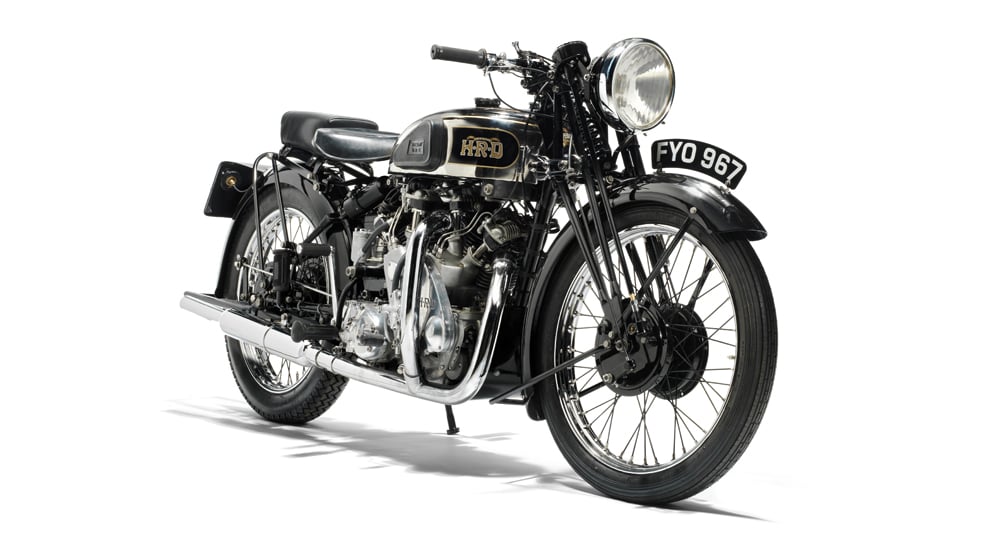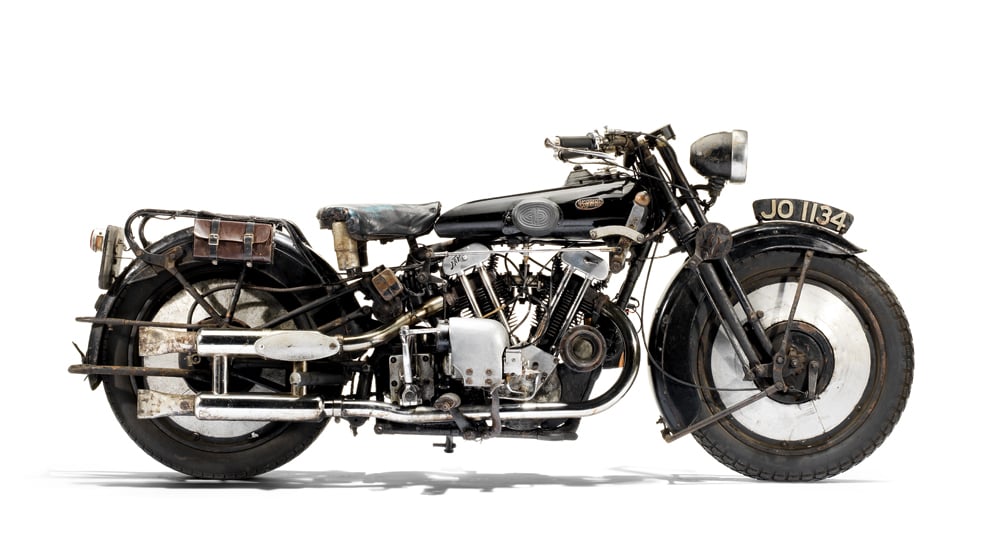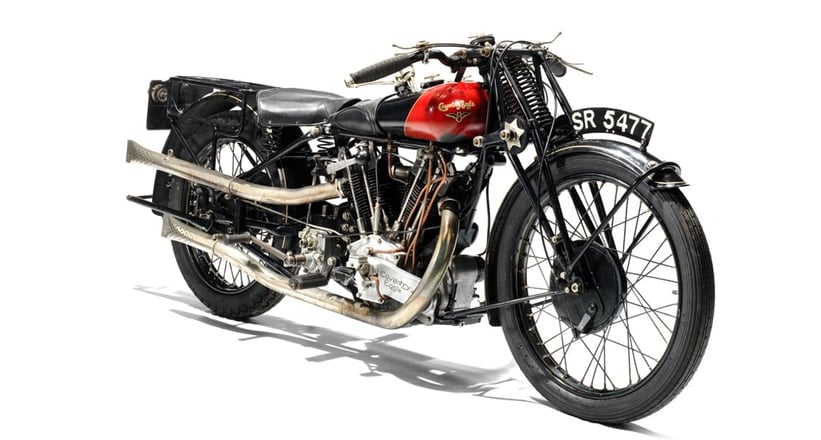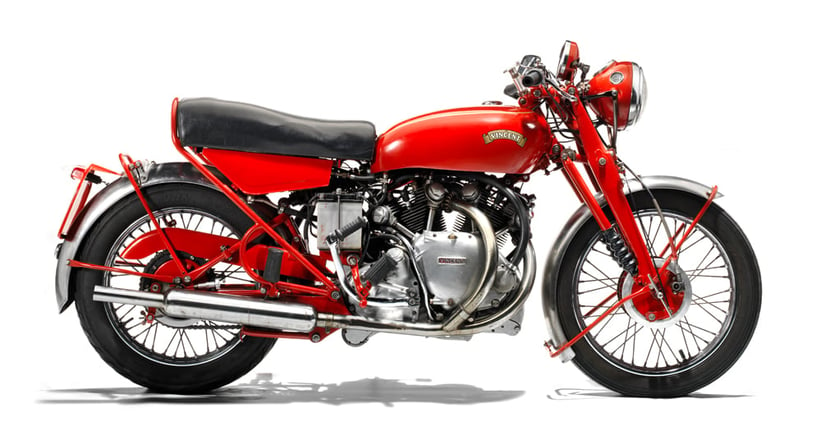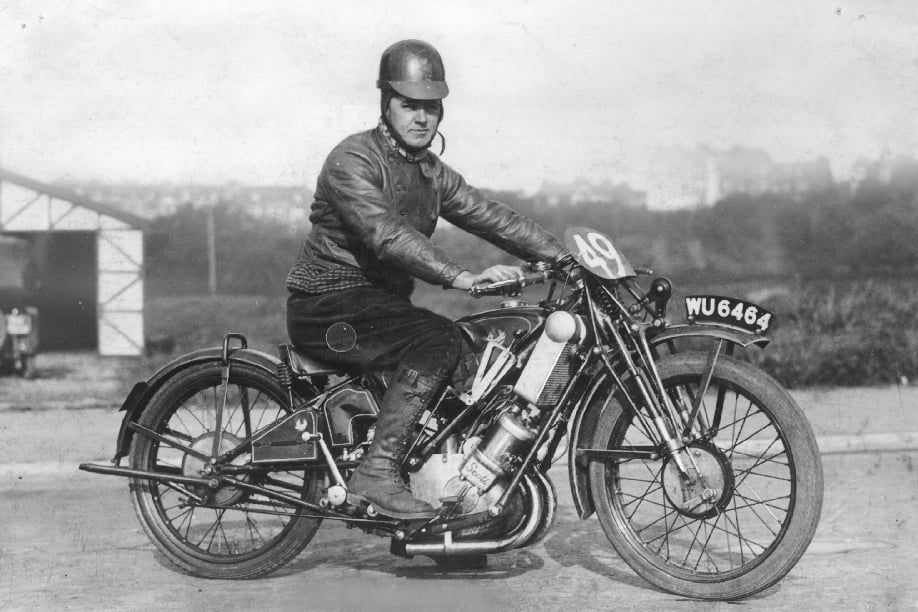By AMOS KWON
Why is it always the big trucks that get the attention? Smaller pickups have had a rough go in the 21st century, with only a few offerings for those who don’t want to haul hay or cinder blocks. The smaller brothers of the full-sizers got overlooked by the big Detroit three over the past couple of decades, but back in the heyday of the ‘90s, the roads were peppered with small pickup trucks. Times were good. The Ford Ranger, Dodge Dakota, Chevy S10 and GMC Sonoma ran the road, but now, they’re as rare as the dying breed of station wagons.
Of course, what actually constitutes a mid-size pickup truck has changed, as well. What was once a no-nonsense, practical small hauler is now upgraded with more power, better interiors and, thankfully, far better designs than the runts of old. Pickups are still hot commodities — as exemplified by the efforts carmakers are pouring into their big trucks — so is there a place again for the mid-sizers? We think so. Here are five reasons why.
It’s the new kid on the block, and he means to shake things up. The new Colorado is so good, it made our GP100 for 2014. The 2015 Chevrolet Colorado is fresh to the scene, going after the market dominated by the Toyota Tacoma. The sheet metal is the most refreshing in this segment, with big fender flares, a well-executed single-bar Chevy grille and plenty of rugged masculinity with dashes of refinement. Under the hood, you can opt for a 2.5-liter, four-cylinder good for 193 horsepower and 184 lb-ft of torque, a 3.6-liter V6 with 302 horses and 270 lb-ft, or a 2.8-liter turbodiesel four with over 350 lb-ft of torque. And to make it truly a family affair, the Colorado comes in Extended or Crew cab trim. The Colorado is marketed as a daily driver and not just aworkhorse, but you can do heavy hauling, too, with up to 6,700 pounds of towing capacity.
GMC Canyon
The Canyon is the more posh version of the Colorado, with the same engine options and chassis. But it’s the more stately of the two (and priced slightly upmarket in accordance) with a more squared-jawed aesthetic, a thick triple-bar grille, chunky fenders and plenty of chrome trim. Consider it the version that will likely see less mud and fewer rocks, but more fancy dinners. Its urban cowboy looks mimic its bigger Sierra brother at thousands less, and it might even give rise to a more potent and more refined Denali version.
Toyota Tacoma
This is the octogenarian of the bunch. Essentially unchanged since 2005, the Tacoma took up the mantle of the longstanding and famous Ford Ranger Pickup. Even after 20 straight years of production, the Taco still rocks, quite literally, with its rugged body-on-frame design and no-nonsense capabilities. Choose from a 2.7-liter four-cylinder good for 159 horsepower and 180 lb-ft of torque or a 4.0-liter V6 with 236 horsepower and 266 lb-ft, as well as two- or four-wheel-drive. Upgrade to TRD trim and get 17-inch wheels, beefed-up suspension and TRD exterior tweaks and badging to let others know how serious you are. Or, you can wait until later this year when the brand new Tacoma hits showrooms, a move that Toyota likely made in response to rising competition from the Colorado/Canyon and rumors of an impending all-new Dodge Dakota.
Nissan Frontier
The Nissan Frontier is another long-in-the-tooth Japanese pickup truck that’s stood the test of time, dating back to 1997. The Frontier comes in King and Crew cab lengths, just like the Chevy, available with full-size rear doors and bench seats for a total capacity of 5 people. The Frontier gets either a 2.5-liter, four-cylinder engine with 152 horsepower and 171 lb-ft of torque, or a beefier 4.0-liter V-6 with 261 horsepower and 281 lb-ft. Up the ante in the mid-size segment with the Frontier’s PRO-4X trim, which gives the driver the benefit of a locking rear diff for those more challenging off-road moments, functioning skid plates, and an upgraded interior. It’s high time Nissan delivered something fresh into this segment, but you still can’t go wrong with a formula that’s sold well for almost twenty years, can you?
Honda Ridgeline
The oddity of the bunch is Honda’s first (and only) foray into the pickup truck market. Not quite full-size and bigger than mid-size, the Ridgeline is the yuppie pickup of the bunch largely because it’s so unorthodox in its execution. The Ridgeline is a unibody construction pickup, so it’s not quite as rugged and torsionally rigid as body-on-frame, but it also gets four real doors, like a passenger vehicle, and some pretty nifty storage choices like a trunk built into the truck bed and a tailgate that swings out and drops down for loading versatility. The high-angled bed-wall design gives the Ridgeline a unique look that’s almost military, and the result is a pickup that looks like nothing else out there — a la the Chevy Avalanche. The engine is a 3.5-liter V6 with 250 horsepower and 247 lb-ft of torque, giving the Ridgeline a towing capacity of 5,000 pounds. The kicker is that you have to buy a 2014 model, since Honda’s taking a break in 2015 before the release of the second-generation Ridgeline.


